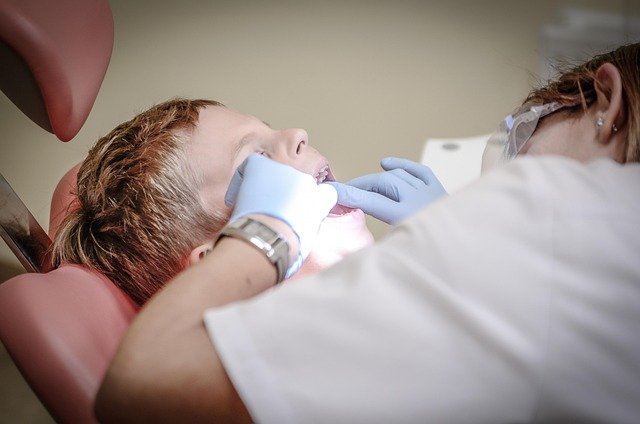Orthodontist: What to know about treatment, timing, and options
Orthodontists are dental specialists focused on diagnosing, preventing, and correcting misalignments of the teeth and jaws. People seek orthodontic care for functional reasons (chewing, speech, jaw pain) and cosmetic reasons (tooth alignment and smile appearance). Treatment approaches have expanded beyond traditional metal braces to include clear aligners and other appliances, and care often involves coordination with general dental providers to support overall oral health. This article explains common treatments, when to see an orthodontist, and practical considerations for pursuing care in your area.

This article is for informational purposes only and should not be considered medical advice. Please consult a qualified healthcare professional for personalized guidance and treatment.
Braces: what to expect during treatment
Braces are fixed orthodontic devices that apply controlled forces to move teeth through the bone. A typical braces treatment begins with an initial examination, records (digital scans, X-rays, photographs), and a personalized plan. Brackets are bonded to teeth and connected by wires and sometimes elastic bands. Adjustments are scheduled every 4–8 weeks to change wire tension and guide tooth movement. Treatment length varies widely—commonly 12–36 months—depending on diagnosis and patient compliance. Many modern braces are smaller and more comfortable than earlier designs, but maintaining oral hygiene around brackets is crucial to prevent cavities and decalcification.
Teeth development and when to see an orthodontic specialist
Monitoring teeth and jaw development helps identify orthodontic issues early. The American and international dental guidelines typically recommend a first orthodontic assessment by age 7, when early mixed dentition allows evaluation of growth patterns and bite relationships. Not all children require early treatment; some conditions benefit from interceptive care (for example, correcting severe crossbites or guiding jaw growth), while others are best managed later. Adults can also pursue orthodontic care; advances in treatment planning and appliances make tooth movement predictable at older ages, though concurrent dental health issues may need to be addressed first.
Orthodontic treatment types and what they correct
Orthodontic therapies correct a range of problems: crowding, spacing, overbite, underbite, crossbite, and open bite, as well as issues related to airway and jaw alignment. Treatment types include fixed appliances (metal or ceramic braces), removable appliances for specific tooth movements, functional devices for jaw guidance in growing patients, and clear aligners for many common tooth movements. Choice of treatment depends on the clinical goals, patient preferences, skeletal considerations, and oral health status. Comprehensive care often combines approaches or phases (for example, initial growth modification followed by comprehensive braces or aligners).
Dental care and lifestyle during orthodontic therapy
Good dental hygiene is essential throughout orthodontic treatment. Food restrictions, regular brushing with interdental aids (floss threaders, proxabrushes), and frequent professional cleanings reduce the risk of decay and gum inflammation. Certain habits—thumb sucking, prolonged pacifier use, or tongue thrusting—can affect treatment outcomes and may need targeted behavioral or appliance interventions. Discuss pain management and expected discomfort after adjustments with your orthodontist; over-the-counter analgesics and soft foods for a day or two are common recommendations. Coordination with general dental care (fillings, periodontal care) ensures stable results.
Aligners and considerations for clear appliance use
Clear aligners are removable trays that gradually shift teeth using planned sequences of aligner sets. They are often chosen for aesthetics and convenience because they can be removed for eating and cleaning. Aligners can treat many, but not all, orthodontic problems; complex skeletal discrepancies or severe rotations may still require fixed appliances or combined treatment. Success with aligners depends heavily on patient adherence—wearing the trays for the prescribed hours per day (commonly around 20–22 hours). Regular monitoring, either in-office or via remote check-ins, is necessary to track progress and manage refinements.
Local services: looking for care in your area should start with verifying credentials (orthodontists complete dental school plus additional specialty training), reviewing before-and-after case examples, and confirming the practice’s approach to treatment planning and follow-up. Many practices offer initial consultations where diagnostic records are taken and options are discussed; these consultations can help you compare timelines, appliance types, and coordination with ongoing dental care.
Conclusion
Orthodontic care covers a wide spectrum of needs, from early interceptive measures to adult alignment and jaw correction. Understanding the differences among braces, aligners, and other orthodontic appliances helps patients make informed decisions alongside a qualified orthodontic professional. Regular dental hygiene, realistic expectations about treatment duration, and clear communication with your provider are key factors for a successful outcome.






